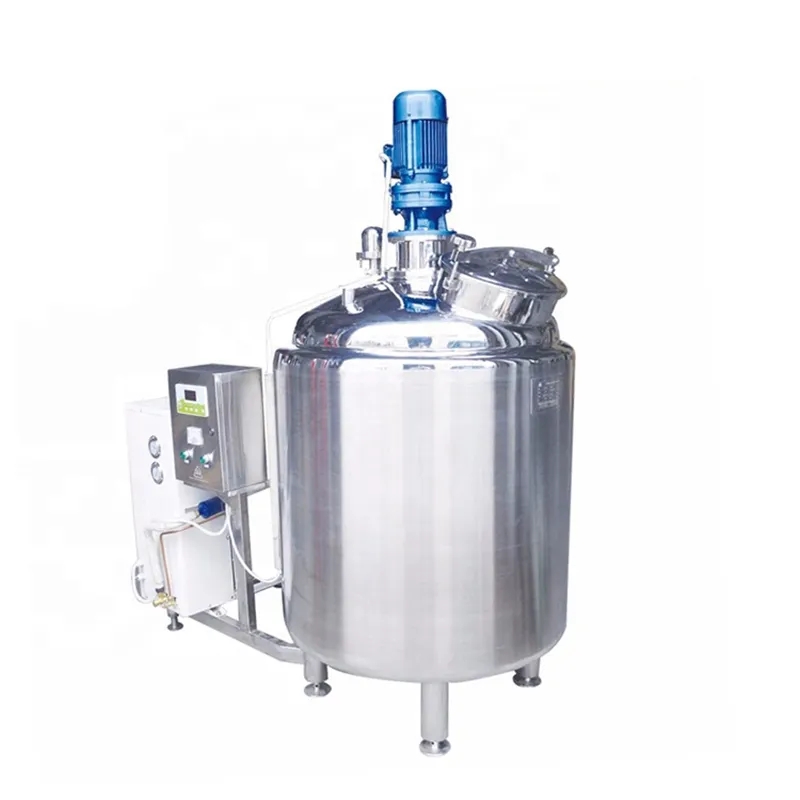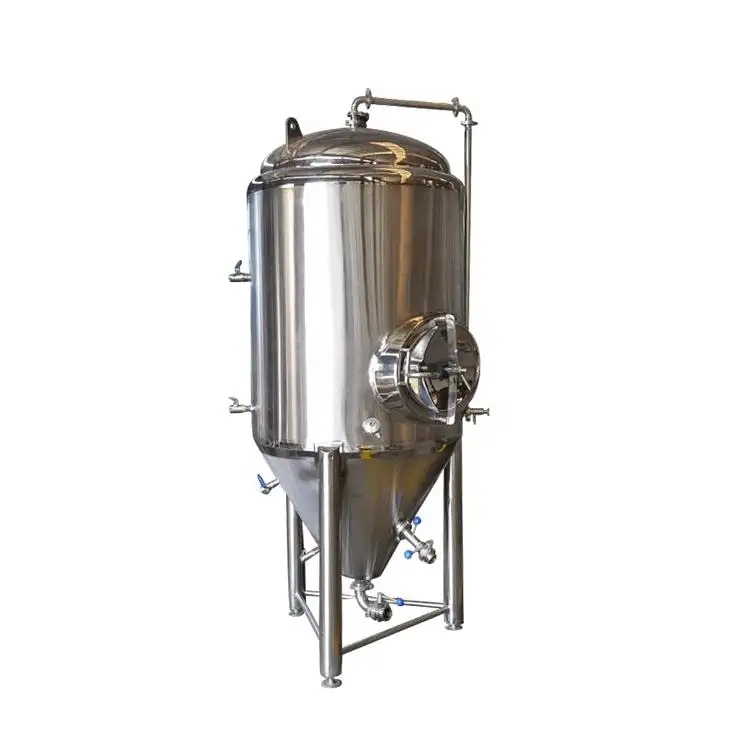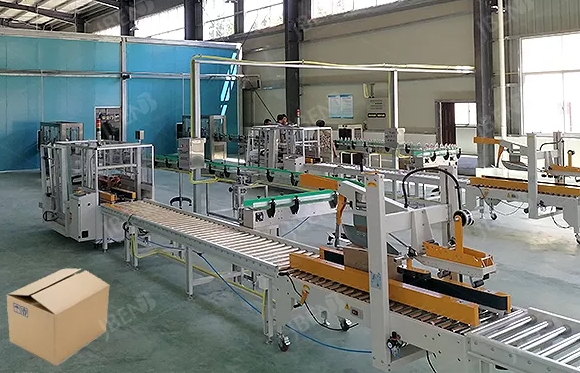
 Four years of qualification
Four years of qualification
 Audited Supplier
Audited Supplier
In This Store
Category:Refrigeration Equipment > Other Refrigeration Equipment
Product Name:Milk Processing Packaging Plant Yogurt Production Line
Price(USD):75000
Company:Wenzhou JinBang Light Industry Machinery Co., Ltd.
Factory Location: NO.2215,YongQiang Hightway,WenZhou
Main Sales Markets: North America,Western Europe,Eastern Europe,Asia
Monthly Production Capacity: 50 SETS
Contract Manufacturing: CRO
Packaging Information: Flat Rack or Container
Delivery Lead Time: 90 days
Sample Provided: no
Payment Terms: T/T






The production process of yogurt involves several key steps. Here is a general outline of the process:
Milk Selection: High-quality milk is selected as the primary ingredient for yogurt production. The milk can come from various sources, such as cows, goats, or sheep.
Pasteurization: The milk is heated to a specific temperature (usually around 70-85°C) to kill any harmful bacteria present in the raw milk. This process helps to ensure the safety and shelf life of the yogurt.
Cooling: After pasteurization, the milk is rapidly cooled to a temperature suitable for the fermentation process (usually around 40-45°C).
Inoculation: A small amount of starter culture, which consists of specific strains of lactic acid bacteria (such as Lactobacillus bulgaricus and Streptococcus thermophilus), is added to the cooled milk. The starter culture ferments lactose (milk sugar) into lactic acid, leading to the characteristic tangy flavor and thick texture of yogurt.
Incubation: The milk with the starter culture is placed in a controlled environment, typically in large fermentation tanks or individual containers. The temperature is maintained around 40-45°C to promote the growth of the lactic acid bacteria. During this incubation period (usually 4-8 hours), the bacteria consume lactose and produce lactic acid, causing the milk to thicken and form a gel-like consistency.
Flavoring and Additions: After the desired fermentation time, additional ingredients such as fruit purees, sweeteners, or flavorings can be added to the yogurt to enhance its taste and variety. This step is optional and depends on the desired yogurt product.
Cooling and Packaging: The yogurt is cooled to stop the fermentation process and preserve its texture. It is then portioned into individual containers or bulk containers, depending on the packaging requirements. The containers are sealed and labeled for distribution.
Cold Storage: The packaged yogurt is typically stored in refrigerated conditions to maintain freshness and extend shelf life.

Contact Us
Tel: (+86) 400 610 1188
WhatsApp/Telegram/Wechat: +86 13621645194
Follow Us:




 Pharma Sources Insight January 2025
Pharma Sources Insight January 2025


